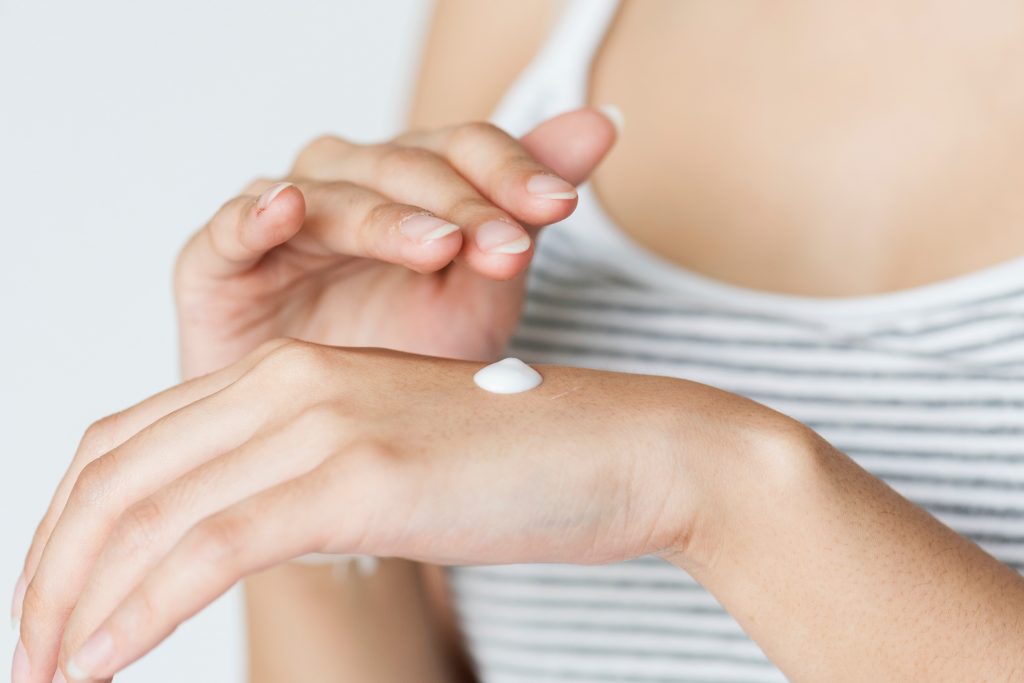
We know well enough of the dangers of skin cancer, which may not only be deadly as the dreaded melanoma but also disfiguring and requiring numerous visits to the doctor’s office for multiple interventions. In addition, excessive sun exposure causes photo aging and hyperpigmentation which is distressing to women and men alike.
Sunlight is certainly not all bad, and generally induces a sense of well-being, decreases the appetite, improves libido and assists with the synthesis of vitamin D. South Africans are a sun loving society that embraces an outdoor lifestyle. While moderate and responsible exposure to the sun is good for your well-being, it is not possible to tan without damaging skin cells, leading to accelerated ageing, and increasing your risk of skin cancer.
“As we head into 2021 hoping for a better year than the last, I thought we would relook at some of the controversies surrounding sunscreens and shed some light on new innovations and considerations concerning sunscreen use.”
With conflicting information in the media many people are confused about whether they should be wearing sunscreen and uncertain of the product to choose. This can lead to them wearing no sunscreen at all. Let’s set the record straight.
The first point to make clear is that there is overwhelming scientific evidence that excessive sun exposure causes skin cancer and methods of sun protection including sunscreens can prevent this. Recent sunscreen studies conducted in Australia estimate that the current sunscreen recommendations have decreased the incidence of skin cancer by 10-15 %.
Sunscreen and Vitamin D
Possibly the current biggest controversy surrounding sunscreen use relates to Vitamin D deficiency. Reports have been conflicting. A review article published in the British Journal of Dermatology last year sought to evaluate the available studies and concluded that there was not enough evidence to suggest that sunscreens decreased the production of Vitamin D. The original study that made this claim was done with an artificial light source different to what people are normally exposed to in the environment. Subsequent studies with real-life circumstances could not prove a decrease in Vitamin D production with sunscreen use.
The only limitation of this review was that it didn’t take into account the newer very high protection sunscreens currently being used.
Remember that sunscreen does not fully prevent exposure to sunlight. To get maximum sun protection from a sunscreen one would need to apply 2mg/cm squared and reapply every 2-4 hours. Most people do not wear sunscreen in large enough quantities. Some of the analysis even suggested that there is still enough UV R exposure to produce adequate vitamin D even while using sunscreen.
Interestingly there are some people who do not produce enough Vitamin D even with large amounts of sun exposure, and some people with minimal sun exposure with normal Vitamin D levels. There seem to be as yet unidentified factors influencing Vitamin D synthesis.
More importantly, you can get enough Vitamin D from oral supplements and diet without exposing yourself to an increased risk of skin cancer.
Sunscreen and its impact on the environment
UV filters oxybenzone, camphor derivates, octocrylene, and octinoxate have caused much recent controversy as they have been shown to accumulate in the water sources of the world and suspected of being responsible for the bleaching of coral reefs. They are not easily removed by conventional water treatment methods. As a result of this several states in the united states have banned these sunscreen ingredients. Of note is that the study that claimed the adverse effects on coral reefs used much larger concentration of oxybenzone than is actually found in even the busiest beaches in the world. However this is certainly a warning and has led sunscreen manufacturers to seeking alternative ingredients in their formulations.
It doesn’t however warrant a blanket boycott of all sunscreens. If anything, there is a shift towards using more physical or mineral blockers in sunscreens like zinc oxide and titanium dioxide which is recommended for sensitive skin and children.
Sunscreen and its relation to Frontal Fibrosing Alopecia
On that note physical blockers or mineral sunscreens have also been controversially linked to frontal fibrosing alopecia which is a condition that is caused by progressive fibrosis of the hair follicles of the frontal hairline resulting in hair loss and a receding hairline. Small quantities of titanium supposedly from titanium dioxide containing mineral sunscreens, have been found in the hair shafts of patients with frontal fibrosing alopecia. There is no conclusive proof yet that the sunscreens are the actual cause for frontal fibrosing alopecia.

